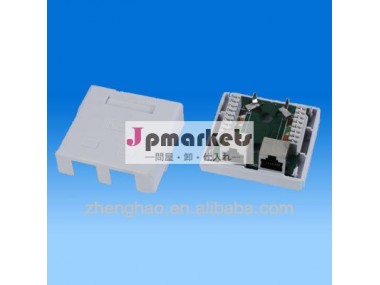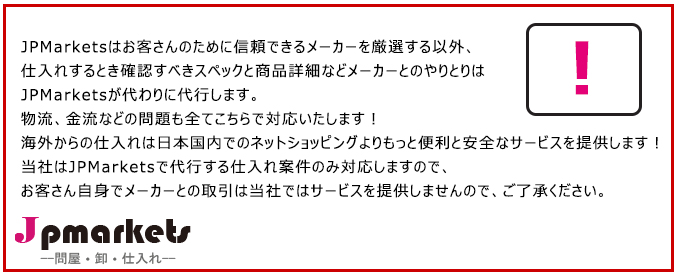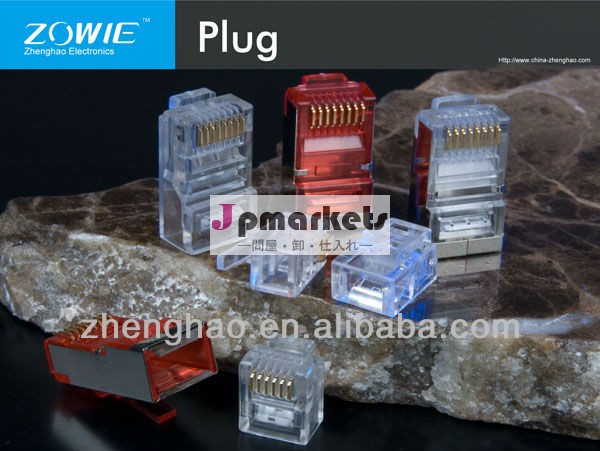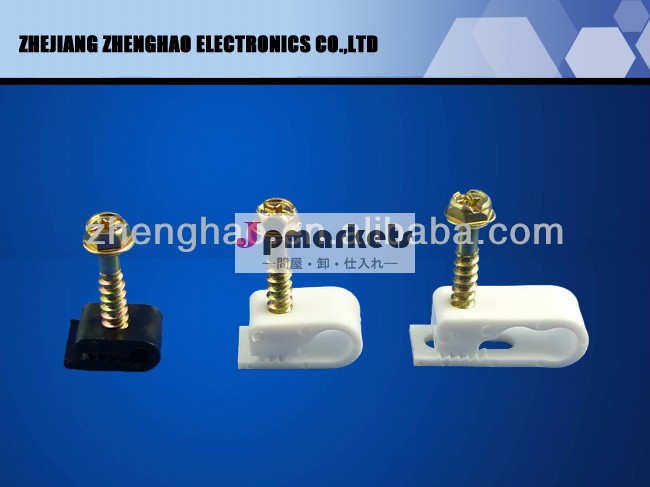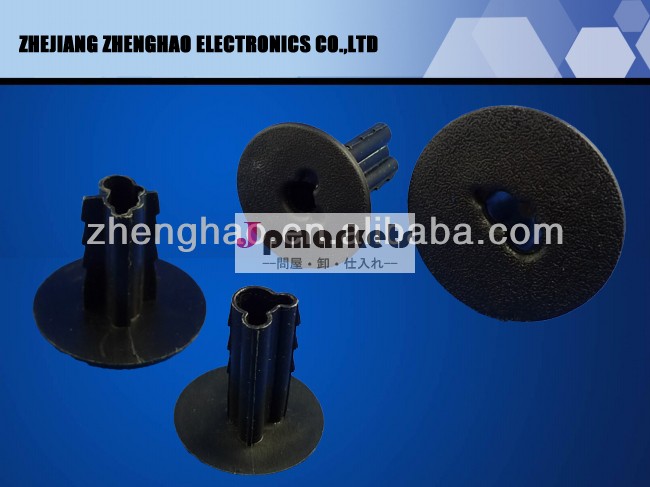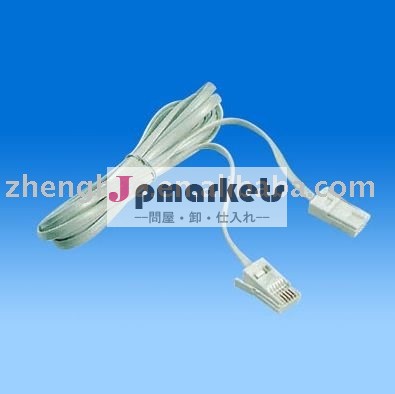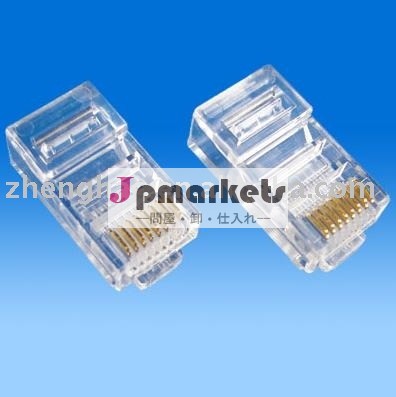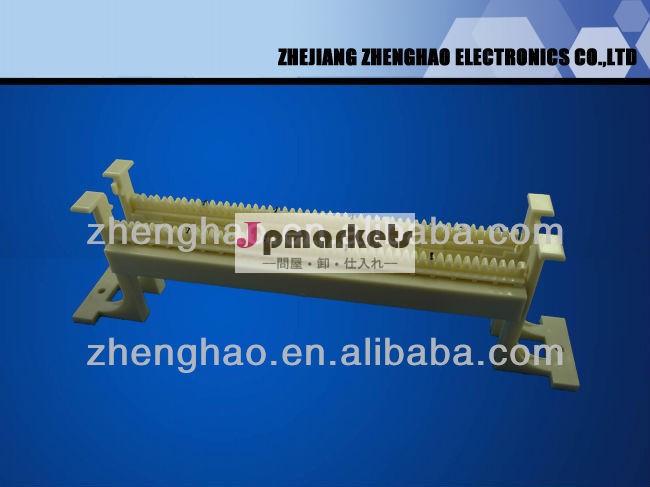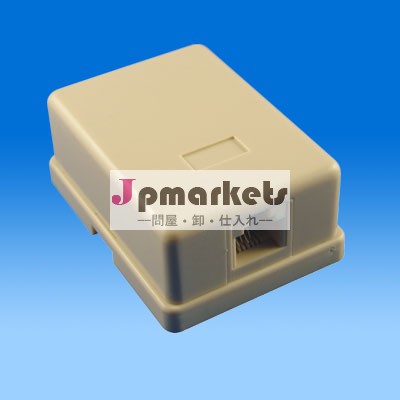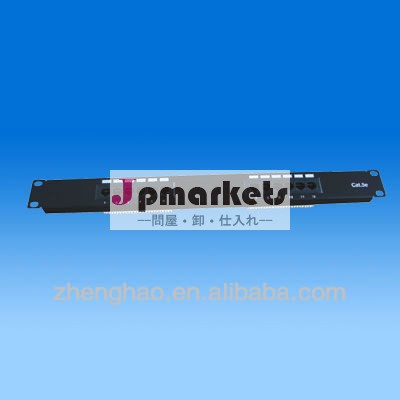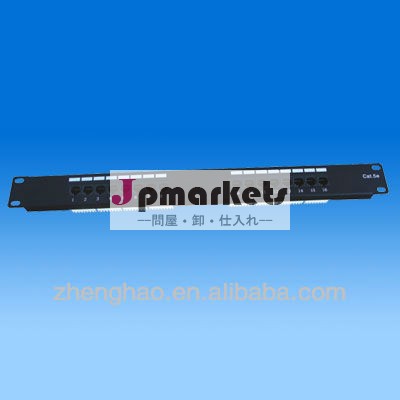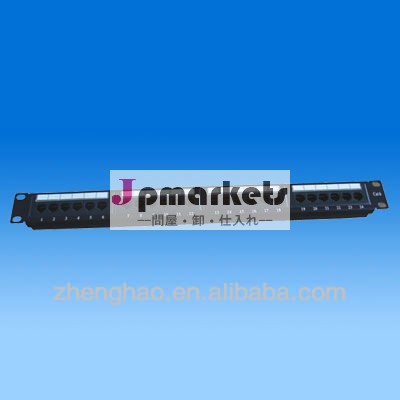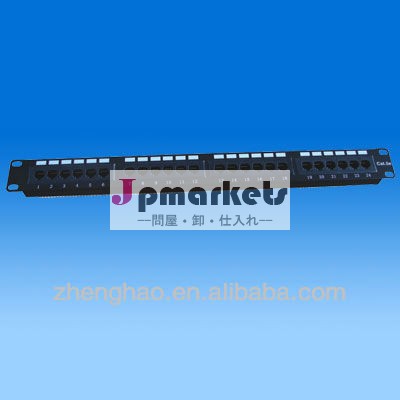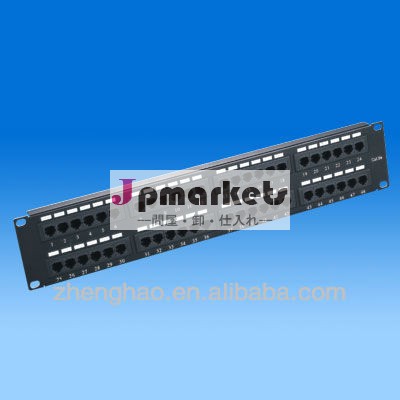製品情報
| 原産地: 中国(本土) | 銘柄: きゃー | モデル番号: Zh-525 |
| 色: 白、 |
包装
| 包装: のpolybag、 pe袋、 ブリスター。。。 |
仕様
キーストーンジャック表面ボックス1.ネットワークのために使用され2.6p4cタイプ、 6p2c、 4p4c、 4p2c、 8p4c、 8p8c3.ce、 rohsはcomplited
Features and benefits
- Available in Cat 5E T568A/B wiring schemes, meet or exceed TIA/EIA Cat5E requirements
- The new design allows high density solution
- The V style IDC contacts flex not fatigue when terminated
- Termination caps prevent wire from dropping off
- Housing: high temperature thermoplastic
- Compact jack design, 8 positions and 8 conductors
- Contract: phosphor bronze , phosphor bronze with 6 to 50 u" gold plate
- Accept 22-26 AWG solid with a insulation diameter of 0.4 - 0.6 mm
- Easy to be terminated Low attenuation loss and high return loss
- High reliability and superior performance
- Available in different colors: A=black, B=blue, C=red, D=orange, E=yellow, F=gray, G=green
Panel-type unshielded RJ45(8P8C) keystone jack
Meets or exceeds industry standard TIA/EIA 568-A-5 requirements
Balances signal transmission of insertion loss and crosstalk from 1 to 100 MHz
110/KRONE IDC vertical punchdown termination for 22-26AWG UTP solid wire
Comatible with T568A and T568B wiring with Category 5 enhanced requirement
Complies with FCC Part 68
Available in various colors
Lifetime Warranty.
Specifications:
Electrical Characteristics:
Current Rating: 1.5A
Dielectric Withstanding Voltage: 1000VAC @60Hz
Insulation Resistance: 500Mohms(minimum)
Contact Resistance:20Mohm(maximum)
Approvals: RoHS Compliant
Warranty: Lifetime
Package Type: Polybag
Product Weight: 0.03lbs
2 Twisted Pairs
DC Resistance: 0.139 Ohm/m @ 20°C
Dielectric Strength: 750VAC/minute min
Insulation Resistance: 100 Mohm/KM @20°C
Mechanical Characteristics:
Material Type: UV stabilized PC+ABS, and polycarbonate, 94Vo rated
RJ45 Jack Contact: Phosphor bronze, 50μ" Gold Plating
Electrical Test:
A. Dielectric Withstanding Voltage test 1000V/DC
B. Insulation Resistance: >500MΩ.
C. Contact Resistance: <20mΩ
Gold Plate Inspection:
Per MIL-G-45204C
TYPE II (99% pure gold minimum)
Grade C+(KNOOP HARDNESS RANGE 130~250)
Class 1(50 microinches minimum thickness)
The Gold-plated Testing Instruments:
FISCHER. SCOPE X-RAY
Mechanical:
A.Cable-to-plug tensile strength-20LBs(89N) min.
B.Durability:2000 mating cycles.
Material & Finish:
A.Housing Material:Polycarbonate(PC.)(UL No. E50075)
94V-0(For UL 1863 DUXR2)
94V-2(For UL 498 RTRT2)
B.Contact blade:
a.High strength copper alloy [JIS C5191R-H(PBR-2)]
b.100 microinches nickel under plated & Gold selected.
Operating Temperature: -40°C~+125°C.
Modular connector is the name given to a family of electrical connectors originally used in telephone wiring and now used for many other purposes. Many applications that originally used a bulkier, more expensive connector have now migrated to modular connectors. Probably the most well known applications of modular connectors are for telephone jacks and for Ethernet jacks, both of which are nearly always modular connectors.
Modular connectors were originally used with the registered jack system, which precisely describes how the connectors are wired for telecommunications. The registered jack specifications define the wiring patterns of the jacks, not the physical dimensions or geometry of the connectors of either gender. Instead, these latter aspects are covered by ISO standard 8877, first used in ISDN systems. TIA/EIA-568 is a standard for data circuits wired on modular connectors.
Other systems exist for assigning signals to modular connectors; physical interchangeability of plugs and jacks does not ensure interoperation, nor protection from electrical damage to circuits. For example, modular cables and connectors have been used to supply low-voltage AC or DC power, and no clear standard exists for this application.
Nomenclature
Modular connectors also go by the names "modular phone jack/plug", "RJ connector," and "Western jack/plug." The term "modular connector" arose from its original use in a novel system of cabling designed to make telephone equipment more modular. This includes the 4P4C handset connector which is sometimes called an "RJ9" or an "RJ22" — but such RJ specifications are absent in the current FCC documents.[1][2][3]
It is very common to use a registered jack number to refer to the physical connector itself; for instance, the 8P8C modular connector type is often called RJ45 (after a telephone company standard that uses a similar connector), but 8P8C connectors are also used with different signals, such as for Ethernet over twisted pair.
History
Modular connectors were originally patented by Bell Telephone Laboratories in 1975. [4] They replaced the hard-wired connections on most Western Electric telephones around 1976. At the same time, they began to replac screw terminals and larger 3 and 4 pin telephone jacks in buildings.
Gender
Modular connectors have gender: male connectors are called plugs, while female connectors are called jacks or, sometimes, sockets.
Plugs are used to terminate loose cables and cords, while jacks are used for fixed locations on surfaces such as walls and panels, and on equipment. Other than telephone extension cables, cables with a modular plug on one end and a jack on the other are rare. Instead, cables are connected using a male-to-male adapter, which consists of two female jacks wired back-to-back.
Latching tab and orientation
Modular connectors are designed to latch together. A spring-loaded tab on the plug snaps into a jack so that the plug cannot be pulled out. To remove the plug, the latching tab must be depressed. The most common way to install a jack in a wall or panel is with the tab side down. This usually makes it easier to operate the tab when removing the plug, because the person grabs the plug with thumb on top and presses the tab with the index finger. This orientation is also preferred because any dust or fine abrasive or conductive particles that may enter an unused jack will tend to fall away from the electrical contacts, rather than settling onto the contact surfaces.
The modular connector suffers from a design flaw however, as the fragile tab easily snags on other cables and breaks. When this happens, the connector is still functional, but the crucial latching feature is lost. Some higher quality cables have a flexible sleeve called a "boot" over the plug, or a special tab design, to prevent this. These cables are often marketed as snagless. Boots are seen mainly on 8P8C data cables, but are also used on other sizes of connectors.
Sizes and contacts
Modular connectors come in four sizes: 4-, 6-, 8-, and 10-position, where a position is a location for a contact. Not all of the positions may have contacts installed. When contacts are omitted, they are typically done so from the outermost pair of contacts inward, such that the number of contacts is almost always an even number. The insulating plastic bodies of 4P and 6P connectors have different widths, whereas 8P or 10P connectors share an even larger body width. The connector body positions with omitted contacts or contacts unattached to wires are unused for the electrical connection, but ensure that the plug fits correctly. For instance, RJ11 cables often have connectors with 6 positions and 4 contacts, to which are attached just 2 wires.
The connectors are designated with two numbers that represent the quantity of positions and contacts, with each number followed by a "P" and "C", respectively: for example, "6P2C" for a connector having 6 positions and 2 contacts. Alternate designations omit the "P" and "C" while separating the position and contact quantities with either an "x" ("6x2") or a slash ("6/2").
Internally, the contacts have sharp prongs that when crimped, pierce the insulation and connect with the wire conductor, a mechanism known as insulation displacement. Ethernet cables, in particular, may have solid or stranded wire conductors and the sharp prongs are different in the 8P8C connectors made for each type of wire. A modular plug for solid (single strand) wire often has three slightly splayed prongs on each contact to securely surround and grip the conductor. Modular plugs for stranded or tinsel wire have prongs that are designed to connect to multiple wire strands. Connector plugs are designed for either solid or stranded wire; a plug for one wire type might not make reliable contact when crimped to a cable with wires of the other type.
The dimensions of the connectors are such that a plug can be inserted into a jack that has more positions than the plug, leaving the jack's outermost contacts unconnected. However, not all plugs from all manufacturers have this capability, and some jack manufacturers warn that their jacks are not designed to accept smaller plugs without damage. If an inserted plug lacks contact slots at the outermost extremes, it may permanently deform the outmost contacts of an incompatible jack.
The contact positions are numbered sequentially starting from 1. When viewed head-on with the retention mechanism on the bottom, jacks will have contact position number 1 on the left and plugs will have it on the right. Contacts are numbered by the contact position. For example, on a 6-position, 2-contact plug, where the outermost four positions do not have contacts, the innermost two contacts are numbered 3 and 4.
Some modular connectors are indexed: their dimensions are intentionally non-standard, preventing connections with connectors of standard dimensions. The means of indexing may be non-standard cross-section dimensions or shapes, retention mechanism dimensions, or retention mechanism quantity. For example, a Modified Modular Jack (MMJ) using an offset latching tab was developed by Digital Equipment Corporation (DEC) to prevent accidental interchange of data and telephone cables.
Pinouts
Contact assignments, or pinouts, vary by application. Telephone network connections are standardized by registered jack numbers, and Ethernet over twisted pair is specified by the TIA/EIA-568-B standard. Other applications have no standardization; for example, there are multiple conventions for use of 8P8C connectors for RS-232.
For this reason, D-sub-to-modular adapters are typically shipped with the D-sub contacts (pins or sockets) terminated but not inserted into the connector body, so that the D-sub-to-modular contact pairing can—and must—be performed by the end-user.









